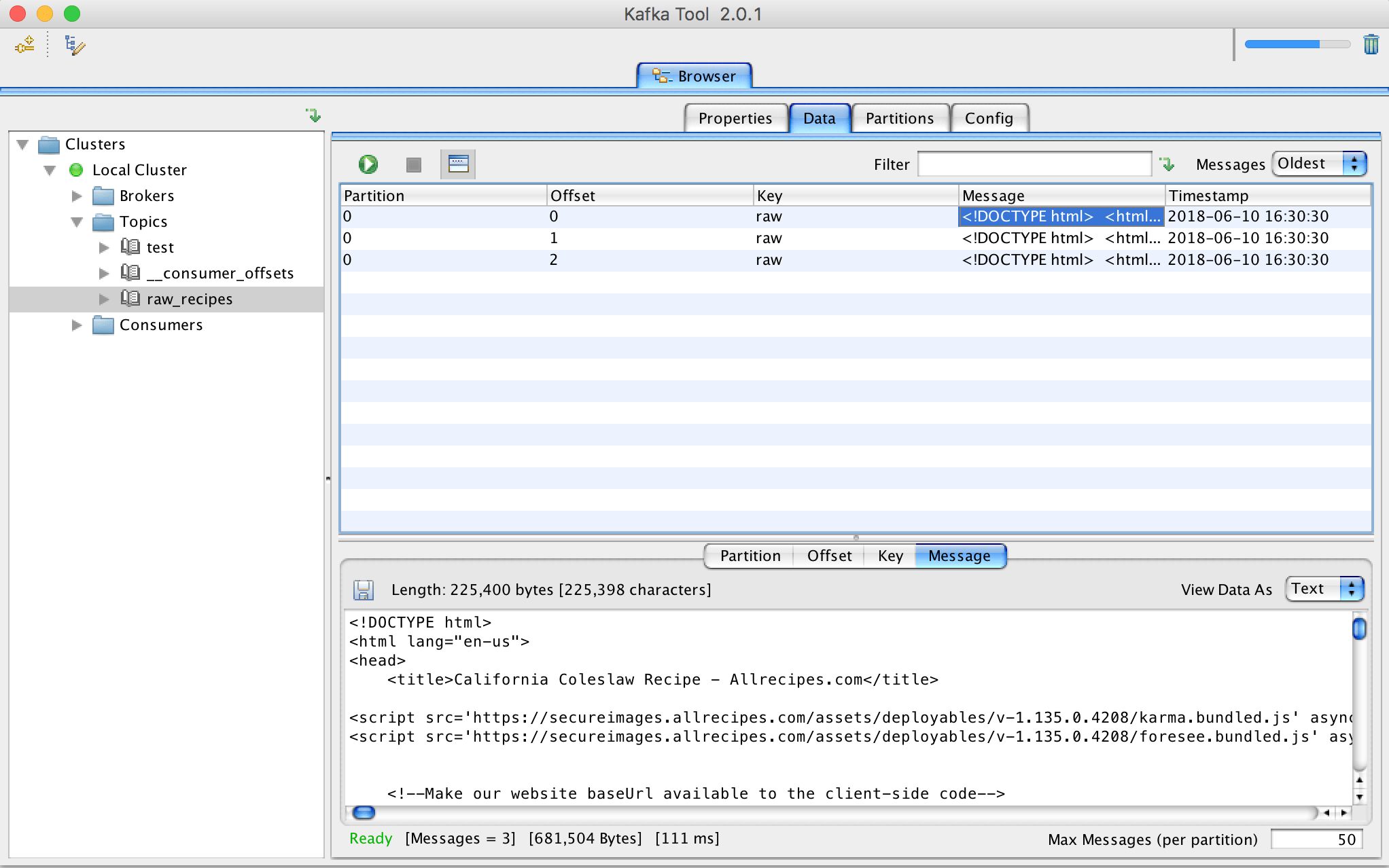Kafka Tool For Mac
To download the Kafka UI Tool for your operating system, use the links below. All versions of Kafka Tool come with a bundled JRE with the exception of the Linux version. For Linux, you must have Java 8 installed on your operating system before using Kafka Tool. Kafdrop is a UI for monitoring Apache Kafka clusters. The tool displays information such as brokers, topics, partitions, and even lets you view messages. It is a light weight application that runs on Spring Boot and requires very little configuration. Kafka Tool 1.0 is a third party application that provides additional functionality to OS X system and enjoys a popularity among Mac users. However, instead of installing it by dragging its icon to the Application folder, uninstalling Kafka Tool 1.0 may need you.
SSL Overview With SSL authentication, the server authenticates the client (also called “2-way authentication”). Since SSL authentication requires SSL encryption, this page shows you how to configure both at the same time. It is a superset of configurations required just for. By default, Apache Kafka communicates in PLAINTEXT, which means that all data is sent in the clear.
To encrypt communication, it is recommended to configure all the Confluent Platform components in your deployment to use SSL encryption. Quick note on terminology: Secure Sockets Layer (SSL) is the predecessor of Transport Layer Security (TLS), and SSL has been deprecated since June 2015.

However, for historical reasons, Kafka (like Java) uses the term SSL instead of TLS in configuration and code, which can be a bit confusing. This document uses only the term SSL. SSL can be configured for encryption or authentication. 
Chrome Cleanup Tool For Mac
You may configure just SSL encryption (by default SSL encryption includes certificate authentication of the server) and independently choose a separate mechanism for client authentication, e.g.,, etc. Note that SSL encryption, technically speaking, already enables 1-way authentication in which the client authenticates the server certificate. So when referring to SSL authentication, it is really referring to 2-way authentication in which the broker also authenticates the client certificate. Note that enabling SSL may have a performance impact due to encryption overhead.  SSL uses private-key/certificates pairs which are used during the SSL handshake process. • each broker needs its own private-key/certificate pair, and the client uses the certificate to authenticate the broker • each logical client needs a private-key/certificate pair if client authentication is enabled, and the broker uses the certificate to authenticate the client Each broker and logical client can be configured with a truststore, which is used to determine which certificates (broker or logical client identities) to trust (authenticate). The truststore can be configured in many ways, consider the following two examples: • the truststore contains one or many certificates: the broker or logical client will trust any certificate listed in the truststore • the truststore contains a Certificate Authority (CA): the broker or logical client will trust any certificate that was signed by the CA in the truststore Using the CA (2) is more convenient, because adding a new broker or client doesn’t require a change to the truststore.
SSL uses private-key/certificates pairs which are used during the SSL handshake process. • each broker needs its own private-key/certificate pair, and the client uses the certificate to authenticate the broker • each logical client needs a private-key/certificate pair if client authentication is enabled, and the broker uses the certificate to authenticate the client Each broker and logical client can be configured with a truststore, which is used to determine which certificates (broker or logical client identities) to trust (authenticate). The truststore can be configured in many ways, consider the following two examples: • the truststore contains one or many certificates: the broker or logical client will trust any certificate listed in the truststore • the truststore contains a Certificate Authority (CA): the broker or logical client will trust any certificate that was signed by the CA in the truststore Using the CA (2) is more convenient, because adding a new broker or client doesn’t require a change to the truststore.